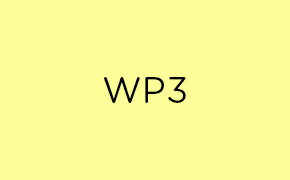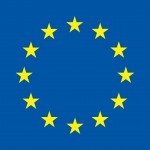Objectives:
To develop the methodological framework of HEALS in order to optimize the application of the exposome to population health risk assessments.
Description of work and role of partners:
HEALS introduces an integrated approach to assessing the links between the exposome and health risk. The process will start with estimating exposure using biological monitoring data and work both forward to disease and backwards (using reverse dosimetry) to environmental exposures. The methodological framework of HEALS will be developed to optimize the application of the exposome to population health risk assessment.
The WP will consist of the following tasks:
Task 3.1 Development of an initial HEALS environment and health association methodological concept (AUTH, UPMC, IOM, JSI).
To ensure that other WPs will be able to start developing tools that would fit within the HEALS Exposome framework, this task will develop an initial proposal for the HEALS EWAS approach for improved health risk assessment. This initial framework will be presented and discussed at a workshop (face-to-face or webinar) at Month 6.
Task 3.2 Development of the final conceptual HEALS methodological framework for EWAS (AUTH, UPMC, IOM, UPD, JSI, VTT, IDMEC-FEUP).
The initial EWAS approach of HEALS based on the individual exposome will be further developed and expanded in task. This will be done in tandem with other Streams, in particular Stream 4. We will develop the main concepts on how endogenous markers measured by -omics relate to human adverse-effects and disease as well as external exposure measured using conventional environmental monitoring, sensor technology or estimated using models. We will also develop methods for effective data mining to find such relationships, for example, by first converting -omics into more high level “pathway”/” biological process” descriptors that are easier to relate to exposure or disease. We will also indicate how the results of the proposed analyses can find their way into the policy arena based on risk assessment and eventually health impact assessment.


